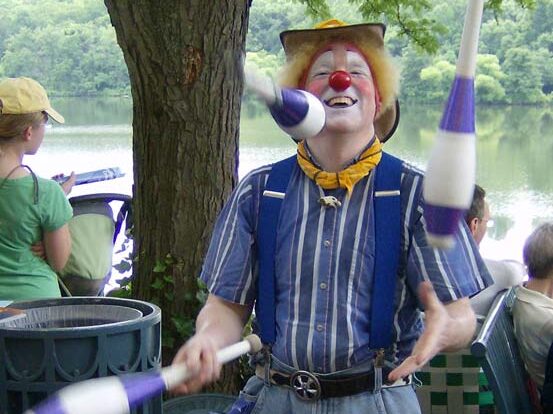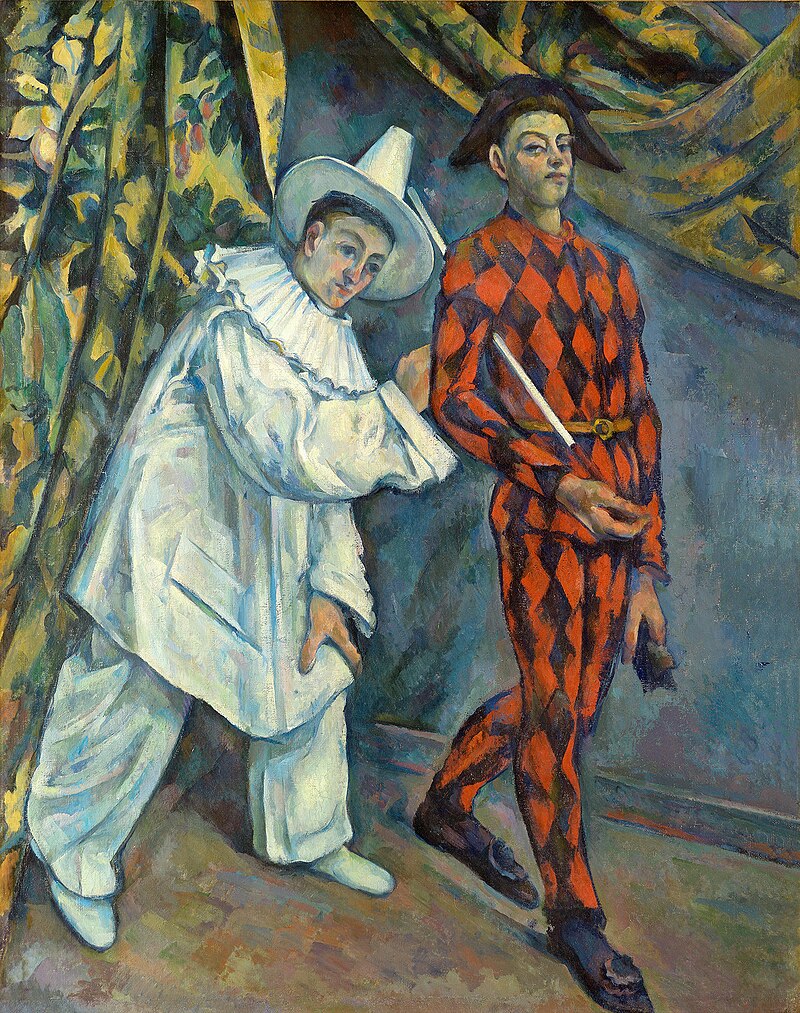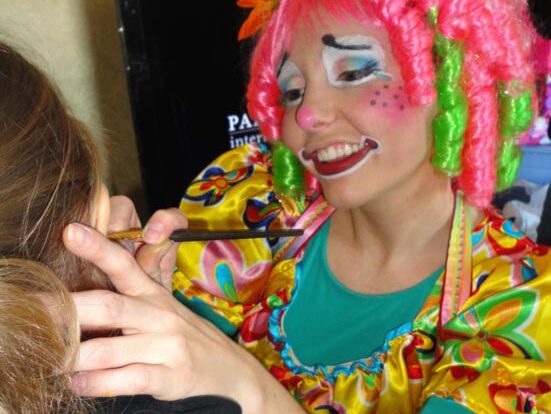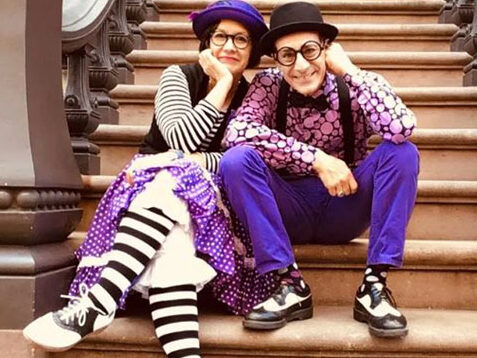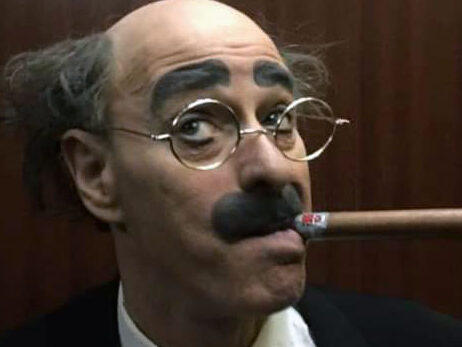About Clowns
Mayhem the Clown juggling.
LuLu the Clown having fun at an event!
Mr Jones uses updated, minimalist clown makeup.
Clowning as a profession, hobby, and art form has been around for centuries. While the word has taken on a series of different connotations and applications over the years, the fundamental definition has stayed the same: to “clown” is to behave in a comical way or to act playfully. People need a little bit of fun and excitement in their lives, and sometimes a lighthearted and delightful character can bring that out! Entertainers around the world practice the skill in different styles, methods, and dress – today, they are still evolving and changing to spread joy and keep people smiling.
Looking into different schools and styles of clowning are some of the easiest ways to understand how the art is practiced so differently by different people.
Some of the oldest forms of clowning had religious or political significance: in Lakota culture, a heyókȟa was an individual whose silliness had a sacred role in the community. Their behavior was unconstrained by traditional social norms and believed to be connected to divine beings such as the thunder birds known as Wakíŋyaŋ. This is just one of many instances throughout history where acting like a fool was valued and appreciated by the community – fools, jesters, and mummers who challenged the status quo have brought a breath of fresh air to peoples worldwide.
In European cultures, Christian communities might have had a “holy fool” or a court jester – these individuals also played an important part in a society which was restrictive of what could be said or done in public or polite society. Oftentimes these individuals would be able to point out mistakes made by kings without fear of their heads being cut off, or poke fun at hypocritical social norms by refusing to adhere to them. In a time where social expectations were extraordinarily limiting, they said what everyone was thinking!
Over time, the practice of clowning took on a more recreational and performative aspect. Traveling groups of actors would put on plays that frequently reused the same “stock characters” depending on the actors that traveled with the group. The zani, or stock character of Harlequin in Italian commedia dell’arte, appears very frequently as a mischievous servant, a trouble-maker, and an architect of ridiculous circumstances. Following the zani evolved Pierrot, a simpler-minded and more gullible version of the fool. Pierrot’s costume is one of the earliest ones associated with clowning, with his long conical cap and oversized pom-poms on his smock.
In this vein, it became common to have two stock clown characters to play off of one another. In French performances, the clown blanc was opulently dressed, had minimal white face makeup, and an intelligent and mournful aspect. This character played off of the clown auguste, which has become much more popular than his counterpart. Auguste clowns are clumsy, silly, and messy. Their makeup is brightly colored and their clothing is exaggerated and ratty. Their overblown and bombastic performances would play off of the sad reserve of the blanc. Examples of clowns blanc would be Joseph Grimaldi, or Leoncavello’s famous Pagliacci from the opera of the same name. Clowns auguste could be represented by folks like Lou Jacobs or Charlie Rivel.
While the American “Circus Clown” archetypes draw off of the principles of the earlier blanc-auguste pairing, the wildly successful presence of clowns in American circuses redefined the art form through the 20th century. While some of these clowns may incline more towards blanc or auguste styles, the categories became less distinct and the character clown entered into play.
During the Great Depression, Americans flocked to the circus, needing an excuse for a good laugh. The “tramp” and “hobo” clown archetypes evolved to reflect the grim absurdity of the country was facing at the time. All of these types adopted a similar grizzled, sometimes messy appearance and makeup style, emphasizing five-o-clock shadow or dark circles under the eyes. These clowns would make it easier to find humor in the reality of financial depression by poking fun at it.
In the last 50 years, clowning has gone through a fascinating process of change and evolution. Stephen King’s It and other cultural watershed moments – we’re looking at you, Killer Clowns of 2016 – have changed the way that people relate to clowns. Coulrophobia, or a pathological fear of clowns, is fairly common, and the presence of party clowns has diminished over the course of many years.
Contemporary entertainers working as clowns value nothing more than being a source of joy and happiness in the world. As cultural attitudes towards more traditional clowning styles shift, new methods appear to fill the void. Today, you’ll find many clowns working with little or minimal face make-up, playing more heavily into characters rather than clown archetypes, and reimagining the classic costuming in a way that is more updated and friendly to children.
Professional clowns today usually work as party entertainers, as almost all large circuses have closed their big tents for quite some time. Clowns are most often found at children’s events, mixing a wide variety of circus skills to keep the kids entertained. Their overblown personalities and exaggerated behavior make them an instant hit with young audiences. Many clowns are proficient at face paint or balloon twisting, making them an all-around variety entertainer for children’s events.
Ultimately, clowning exists to make people happy when times are tough – and we’re glad that, after all this time, they’re still around!

